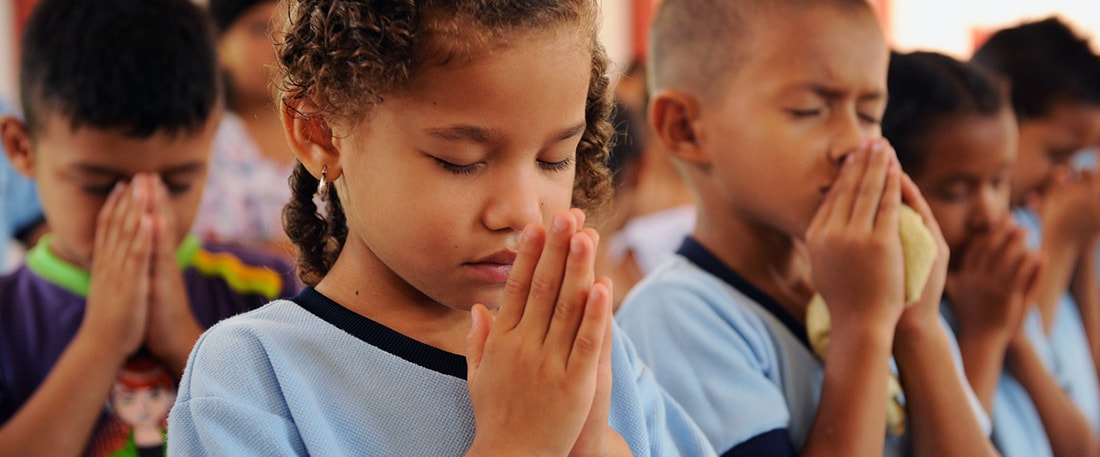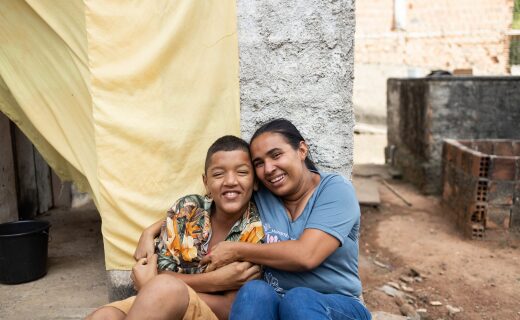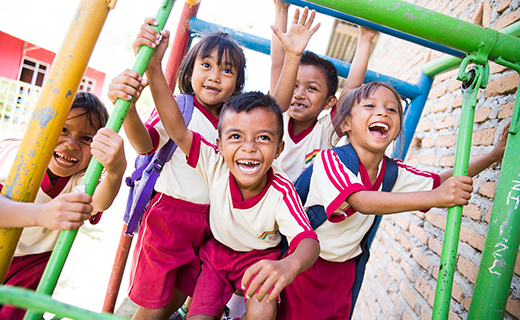Colombia
Capital City: Bogotá
Population: 46.73 million
Life expectancy: male 72.34 years, female 78.8 years
Population with improved drinking water: urban 96.8%, rural 73.8%
Adult literacy rate: male 94.6%, female 94.8%
Under 5 mortality rate: 17/1,000
Infant mortality rate: 14.58/1,000
Religion: Roman Catholic 90%, other 10%
Percentage living on less than $1.90 a day: 6.12%
A little bit of history
Colombia was one of the four countries, including Ecuador, Panama and Venezuela, that emerged from the collapse of Gran Colombia in 1830. Since the 1960s Colombia has become notorious for its internal struggles between the government and anti-government groups, principally the Revolutionary Armed Forces of Colombia, known as FARC, heavily funded by the drugs trade.
In November 2012, the Colombian Government started formal peace negotiations with the FARC offering to incorporate them into mainstream society and politics. Despite decades of internal conflict, Colombia maintains relatively strong democratic institutions and has held relatively peaceful, transparent elections.
How the country makes a living
In recent year’s Colombia has made real efforts to quash the illegal drugs trade, which the world came to associate it with. Colombia depends heavily on energy and mining exports, and is actually the world's fourth largest coal exporter and Latin America's fourth largest oil producer. Colombia's consistently sound economic policies and push toward free trade agreements have had positive impact on the economy, but unemployment remains high.
Challenges faced by children
Colombia’s children have undoubtedly been impacted by the decades of warfare and the narcotics trade that has flourished as a result. Over three million people, mostly women and children, have fled their homes as a result. Many children have been directly impacted by the violence with as many as 7,000 to 14,000 children having been recruited as child soldiers in various militia groups. The high levels of poverty, particularly in indigenous groups, have also caused widespread anemia and malnutrition among children. There are also no laws protecting children from forced labour and it is estimated that about four million children are required to work.
Compassion in Colombia
Compassion's work in Colombia started in 1974. Currently, more than 70,800 children are registered in more than 240 child development centres receiving vital education, medical check-ups, support and encouragement.
What sponsored children learn in colombia
In Colombia, children typically attend their Compassion projects before or after school. Older sponsored children tend to attend on a Saturday. During typical project activities, sponsored children will cover topics such as ...
- Prayer and devotional time.
- Spiritual lessons. Children sing songs and learn Bible stories. Each sponsored child receives their own Bible within one year of joining the programme.
- Break and snack time. Children can play in a safe environment and develop friendships. They are given a snack of biscuits and juice.
- Social lessons. From conflict resolution to developing healthy self-esteem, children who often come from challenging home environments are taught social and personal skills.
- Lunch and social time. Each child receives two lunches and two snacks per week. Lunch consists of rice and beans. The churches generally provide two lunches a week because there is food available at the schools. However, if the children do not receive food at school, then the churches provide lunch every day.
- Health lessons. Children are taught practical health and hygiene tips.
- Letter writing and career planning. Older children work with project staff to identify their strengths and interests, setting realistic goals for their future.
Additional activities offered by projects in Colombia:
- There are weekly sports and music workshops offered, as well as yearly camps, festivals and spiritual retreats.
- Older sponsored children participate in vocational training such as computer maintenance, beauty skills, tailoring, baking and shoe making.
- Every two months, Compassion Colombia’s partner churches offer workshops for parents covering topics such as parenting skills and child protection.





